Members of our research group traveled to the Royal Museum of Mariemont, in order to preview the objects and design of an exhibition on Buddha’s life which will open in the end of September 2024.
GCBS is co-curating the exhibition, and also co-organises a large conference on Buddha’s life narratives taking place in October at the museum. Leading scholars in the field from all over the world have already applied for this conference and soon we will publish a tentative programme.
GCBS is also responsible for the content of the “research room” of the exhibition in which ongoing projects at GCBS will be introduced to a general public, with the help of multi-media installations. Some of our MA interns are currently helping to realise this project. Prof. Christoph Anderl is coordinating the work on the research room which will focus – among other topics – on the Bangkok fieldwork to Chinese temples in collaboration with FROGBEAR, and the international project “Database of Medieval Chinese Texts”. Prof. Ann Heirman is contributing to the catalogues of the exhibition, introducing the main events in Buddha’s life.
Our group approached the museum through the wonderful park that surrounds it and hosts, among else, a magnificent Buddha statue.
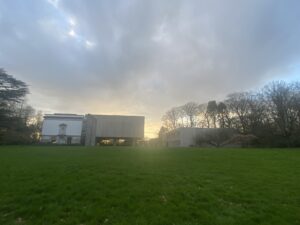
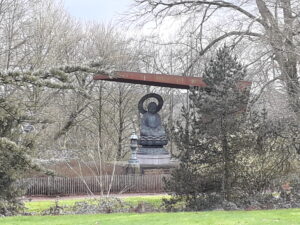
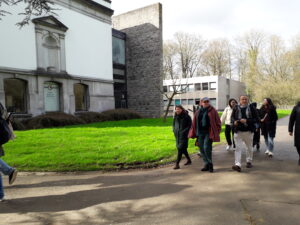
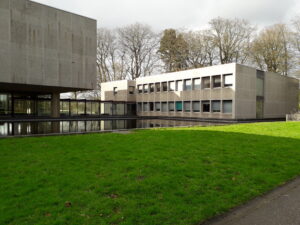
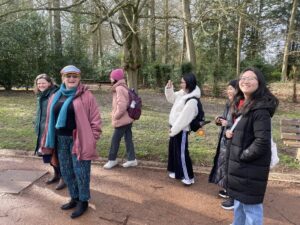
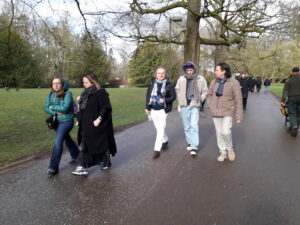
Dr. Lyce Jankowski, the curator of the exhibition, with her assistant Lara Bauden, welcomed GCBS team at the museum.
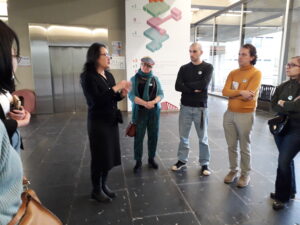
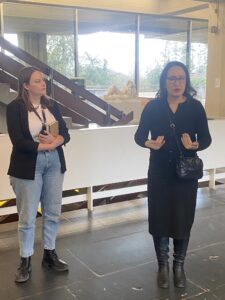
Dr. Jankowski proceeded to introduce the general layout of the exhibition through a virtual preview.
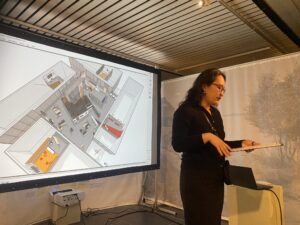

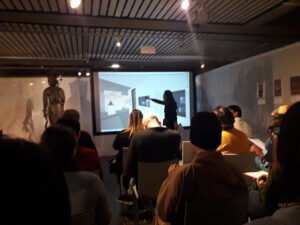
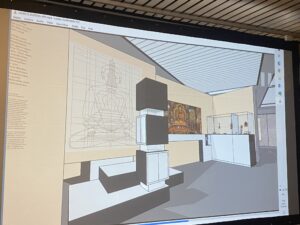
GCBS researchers examined in detail the objects which will be integrated in the exhibition.
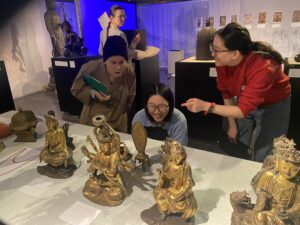
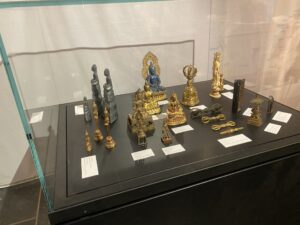
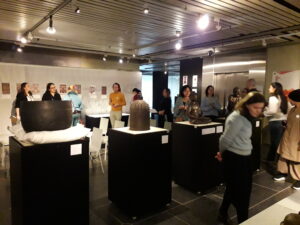
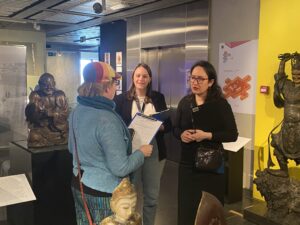
After the preview, members of GCBS raised ideas concerning the conceptualisation of the exhibition and presentation of the objects.
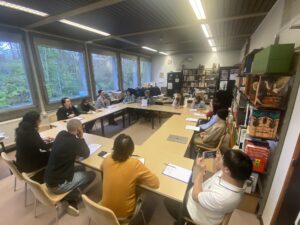
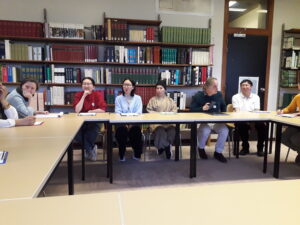
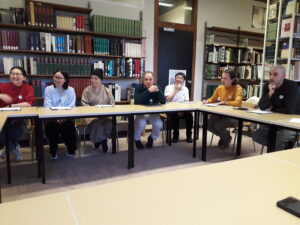
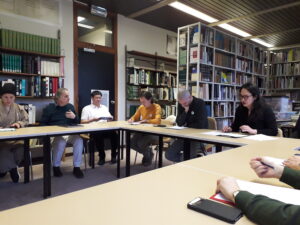


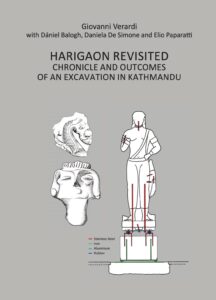 Giovanni Verardi, Dániel Balogh,
Giovanni Verardi, Dániel Balogh, 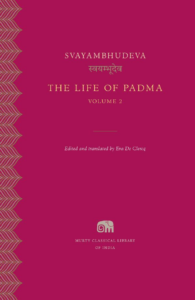
 GANDHĀRA CORPORA – Charles DiSimone
GANDHĀRA CORPORA – Charles DiSimone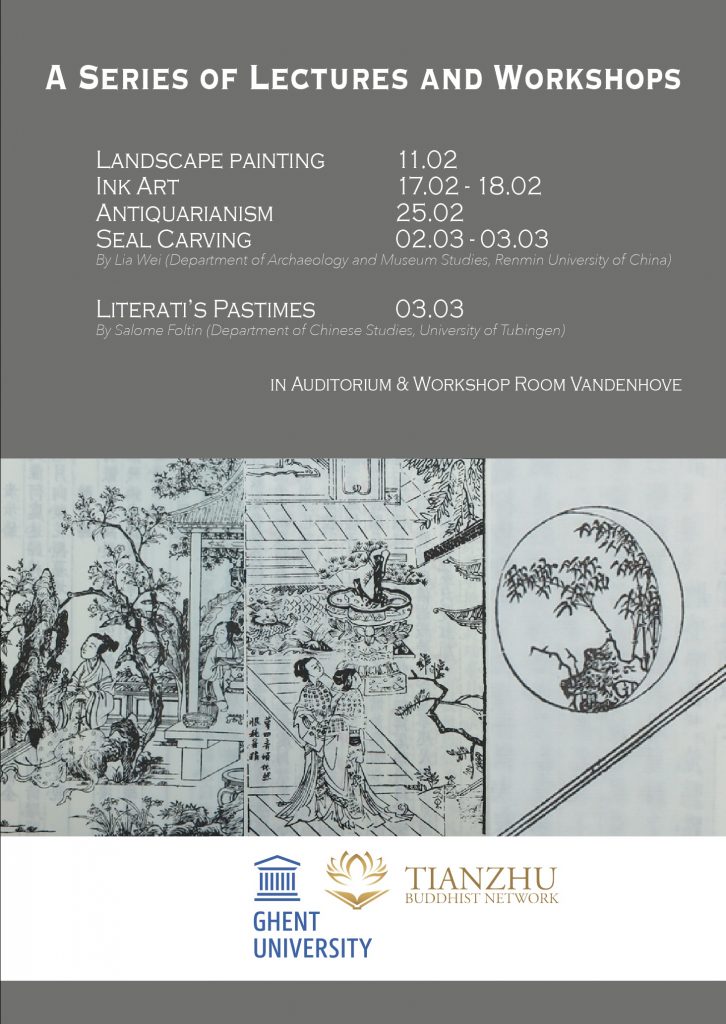

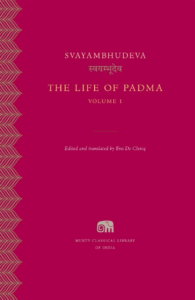
 Within the framework of his research stay at Ghent Centre for Buddhist Studies,
Within the framework of his research stay at Ghent Centre for Buddhist Studies,